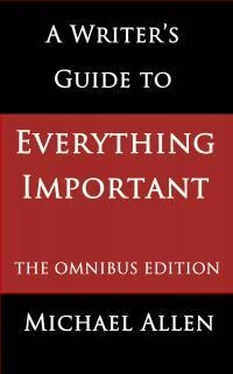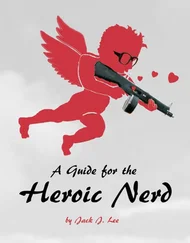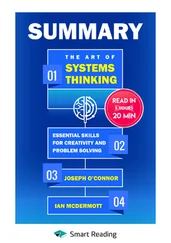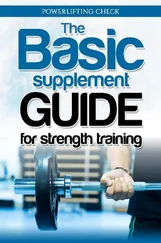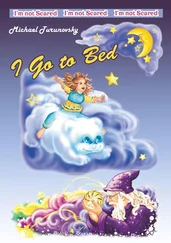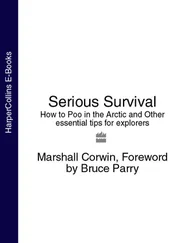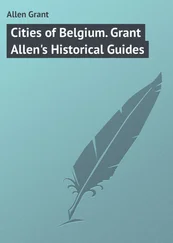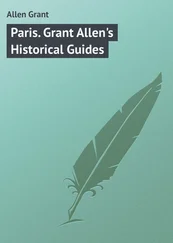In 2004 you really didn’t have any alternative way to find your readership.
But now, of course, you do. You can go down what is often referred to as the indie self-publishing route. Whole trainloads of writers are doing precisely that, and some of them are doing well at it.
I am not going to say anything further about self-publishing at this stage, in this book. I have said plenty about it in the past, with no doubt a lot more to come. In due course there may well be a Writer’s Guide to Indie Publishing , or something similar. But for the present, in the interest of balance, perhaps I ought to point out that Ross and Tom – poor fellows – were very much the victim of their time and place. And maybe – just maybe – in today’s digital world you can allow yourself a sensible measure of ambition and work towards success without endangering your health and sanity.
We’ll just have to see how things develop. In the meantime, I wish you luck.
AFTERWORD
The author of this book, Michael Allen, has written several other books (with more planned) that are designed to provide straightforward and practical advice for writers at all stages of their careers.
If you are keen to learn more about the technique of writing fiction, try the following:
How to Write a Short Story that Works
How to Write a Novel that Works
In addition, much useful background on the worlds of book publishing, theatre, and screenwriting can be found in Michael Allen’s The Truth about Writing.
There are also three other books, so far, in the Writer’s Guide series:
A Writer’s Guide to Emotion
A Writer’s Guide to Viewpoint
A Writer’s Guide to Style
More will follow soon.
To get a good overview of the kinds of fiction and non-fiction books that Michael Allen has available, please visit his author page on either the American branch or the co.uk branch of Amazon.
Finally, please consider writing a brief review of this book on your local branch of Amazon.
A WRITER’S GUIDE TO
CAREER PLANNING
Is it really possible for a writer to plan a career?
If so, how?
If not… what do you do instead?
Michael Allen
Copyright 2014 by Michael Allen
***
PART 1: An introduction to the subject
1.1 What is this book about?
Here’s a brief summary of the arguments set out in this book.
Can anyone sensibly plan a career as a writer?
No. You can’t. The idea is nonsense.
Where writers are concerned, ‘career planning’, as the concept is normally understood, is a contradiction in terms.
But if you can’t plan a career, what is the alternative?
There are two alternatives. One is to give up all thought of writing anything, ever, and to concentrate on enjoying other lifelong interests, such as growing roses or looking after your children and grandchildren.
The second alternative is to accept that writing can never be a ‘career’ in the normal sense of the term – but you can embrace wholeheartedly the idea that writing is an activity which can be pursued on a pro-am basis.
And what is a pro-am basis?
A pro-am is someone who produces work of professional standard, but who chooses to do such work on an amateur basis. That is to say she produces what she wishes, how she wishes, and answers to no one but herself. Unlike those who have signed contracts with traditional publishers, the pro-am has freedom.
During the last ten years, and particularly since the advent of the Kindle and other ebook readers, it has become possible for today’s writers to find readers without bothering with the former complications of finding a literary agent and signing contracts with publishers.
And believe me, unless you have lived through fifty years of the old system, as I have, you cannot possibly imagine how lucky you are.
In this book, career planning for writers will be thought of in terms of how to equip yourself to take advantage of the amazing new opportunities of the digital age, while working on a pro-am basis.
1.2 Who will benefit from reading this book?
In this book, the term writer is primarily used to refer to someone who wishes to write full-length fiction. There are, of course, writers of both sexes, but to simplify matters I shall always refer to the writer as ‘she’.
Anyone intending to write popular non-fiction will also benefit from many of the facts and ideas in the text; but the book is not likely to be of much help to playwrights (stage) or screenwriters (TV and film).
1.3 What are the aims of this book?
This is the seventh book in my series of writer’s guides. All of them are intended to provide useful information for writers who are either young, or lacking experience in the publishing world, or both.
More specifically, the aims of this book are as follows:
(i) To describe the traditional way for writers to find readers. Until about 2000, the traditional way was to find a commercial publisher who would accept your book for publication by his firm, at the firm’s expense.
(ii) To compare and contrast the old way of working with the new opportunities for writers which have become available through advances in digital technology.
(iii) To suggest a number of ways in which modern writers can seize at least partial control of their careers, and thus avoid many of the frustrations and disappointments of the past.
My experience of publishing goes back a long way now (see section 1.4, below), and I have often noticed that young and inexperienced writers are usually very ambitious. But they are also – excuse me if I sound rude – lacking in basic knowledge about the book trade, and are naïve about the hard-nosed ways of businessmen. I certainly was, when I started out. The background aims of this book are therefore to provide such writers with enough information to prevent them (a) getting ripped off, and (b) wasting vast amounts of time and effort, and thus making themselves ill with frustration. And if you think those things couldn’t possibly happen to you, you’re wrong.
1.4 What makes the author of this book (Michael Allen) think he’s an expert?
When you are looking at a book that calls itself a writer’s guide to something or other, you may reasonably wonder just who the author of said book is, and what makes him any sort of an authority. All I can do to answer that is tell you a little of my personal history.
At the time of writing (early 2014) I am just short of my 75th birthday. I was first paid for writing an article in a weekly magazine in 1955. My first novel was published in 1963; since then I have written at least 25 other novels (under my own name and several pen names). At present I have about 70 ebooks on sale through Amazon’s Kindle Direct Publishing services, both fiction and non-fiction. These books are published under various pen-names in addition to my own, and they vary in length from 100,000-word novels to single short stories. I have written about a dozen non-fiction books, most of them intended to be of help to writers.
See the Afterword to this book for links to my author pages on the Amazon sites.
For about 25 years I was a director of two small publishing companies, and hence I have had experience of the book world from a publisher’s perspective as well as an author’s. For about ten years I was also the line manager of a small in-house printing unit, so I know about the technology of printing and book design. And I have, in my time, sold other people’s books to publishers, thus acting as an informal agent; though as the writers concerned were friends, I never charged any commission.
Читать дальше
